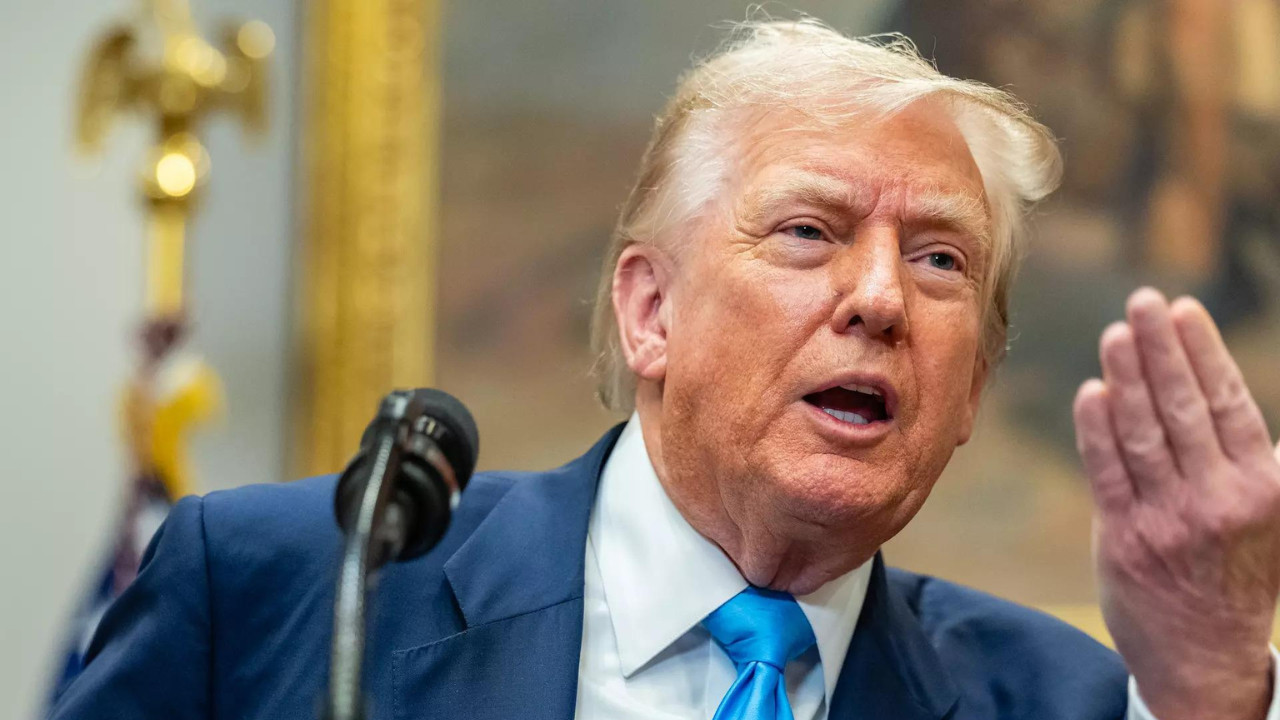A New Chapter: US Ends Steel Tariffs on India, But a New Challenge Looms
For Indian steel manufacturers, the mood is likely one of cautious optimism. After a long and sometimes turbulent relationship, the United States has finally removed the Section 232 tariffs on steel imports from India, effective immediately. This means the hefty 25% duty, which has been a significant hurdle for Indian exporters, is now gone. The immediate benefit is clear – potentially increased competitiveness in the lucrative US market.
But it’s not all smooth sailing. While the steel tariff removal is undoubtedly a win, a shadow looms: the potential for penalties related to India’s continued purchase of Russian oil. The US, while easing one trade restriction, is signaling its unease with India’s energy strategy, creating a complex geopolitical dance. How India navigates these competing pressures will be crucial in the coming months.
What the Tariff Removal Means for Indian Steel
The Section 232 tariffs, initially imposed by the Trump administration, cited national security concerns as justification. The implications for India’s steel industry were immediate and painful. Exports to the US, a key market, took a hit, impacting revenue and potentially slowing down expansion plans. Removing this barrier opens up significant opportunities. Indian steel producers can now compete on a more level playing field with other global players, potentially reclaiming lost market share and exploring new avenues for growth. The focus for many Indian companies will likely shift to ramping up production and streamlining operations to meet the anticipated increase in demand from the US.
This decision also underscores a potential shift in US trade policy. While protectionist measures were a hallmark of the previous administration, this move signals a willingness to re-evaluate trade relationships and potentially prioritize strategic alliances. This provides opportunities for India to further strengthen its economic ties with the US. It’s a development that many domestic steel manufacturers will welcome.
The Russian Oil Question: A Looming Dilemma

However, the removal of the steel tariffs comes with a significant caveat. The US has made it clear that it is closely monitoring India’s energy purchases, particularly its continued imports of Russian oil. Despite international pressure to isolate Russia economically following the invasion of Ukraine, India has maintained its position, citing its energy security needs.
The US has indicated that countries continuing to engage in significant trade with Russia could face penalties. While no specific measures have been announced concerning India, the threat is real. The potential consequences could range from targeted sanctions against specific companies to broader trade restrictions, potentially offsetting the benefits gained from the removal of the steel tariffs.
India finds itself in a delicate balancing act. It needs to secure its energy needs while also maintaining a strong and positive relationship with the US, a key strategic partner. This requires careful diplomacy and a nuanced approach to navigating the complex geopolitical landscape. The stakes are high, and the decisions made in the coming months will have far-reaching consequences for India’s economy and its standing on the global stage.
Navigating the Future: Opportunities and Challenges
The removal of the steel tariffs is a positive development for India. It provides a much-needed boost to the steel industry and opens up new avenues for growth and expansion. However, the potential for penalties related to Russian oil imports casts a shadow over this victory.
The key to India’s success lies in its ability to navigate these competing pressures effectively. This requires a multi-pronged approach that includes strengthening domestic energy sources, diversifying its energy suppliers, and engaging in constructive dialogue with the US to find a mutually acceptable solution. The government will need to implement forward-thinking policies to support the steel industry during this period.
Ultimately, the future of India’s trade relationship with the US hinges on its ability to balance its economic interests with its geopolitical considerations. This is a complex challenge, but one that India is well-equipped to address with its strategic thinking and diplomatic prowess. While the immediate removal of the steel tariffs presents an opportunity, long-term success demands careful planning and deft execution. Be sure to stay informed with related resources about the Indian economy.





